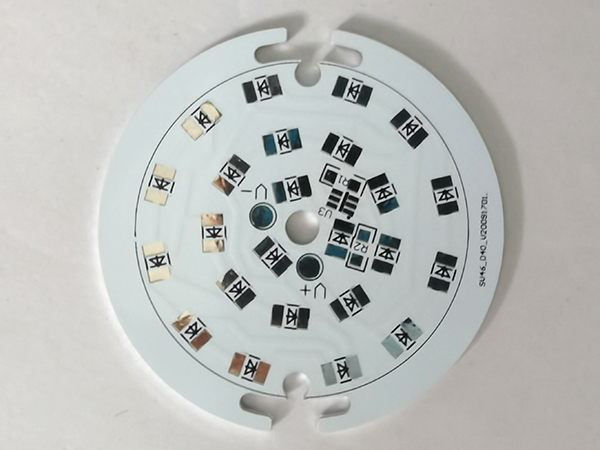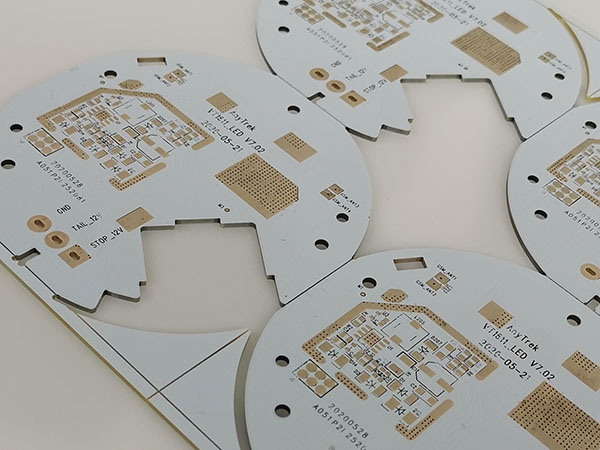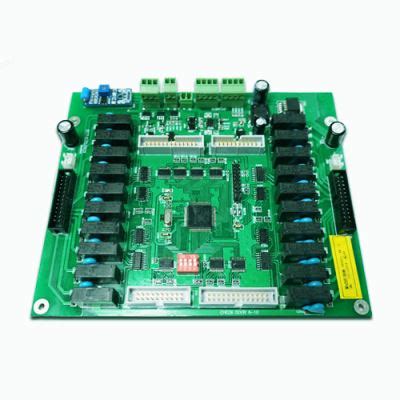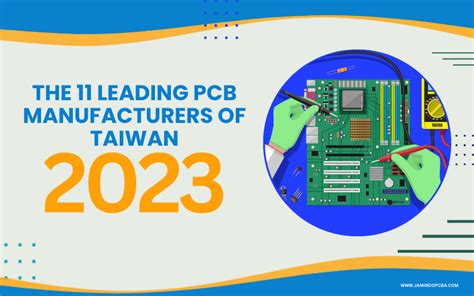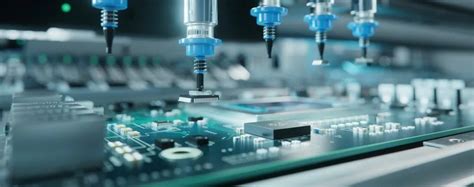aluminum pcb
1.What is aluminum pcb?
Aluminum substrates, also known as aluminum-based printed circuit boards (Aluminum PCBs), play a vital role in the modern electronics industry.
2.What is the structural composition of a 10-layer PCB?
Aluminum substrate is a material widely used in the electronics industry. The uniqueness of its material and structure gives it significant advantages in many applications. First of all, the main material of aluminum substrate is aluminum, which is widely used because of its excellent thermal conductivity and mechanical strength.
Aluminum has a high thermal conductivity and can quickly conduct heat away from the heat source, which is particularly important for electronic devices that require efficient heat dissipation. In addition, aluminum’s mechanical strength and corrosion resistance also make it an ideal substrate material, capable of maintaining stable performance in various harsh environments.
Next, the structure of the aluminum substrate usually includes three layers: a thermally conductive dielectric layer, an insulating layer and a metal substrate layer. First of all, the thermally conductive dielectric layer is usually made of copper foil, and its main function is to quickly conduct the heat generated by electronic components to the insulating layer.
Copper foil’s high electrical and thermal conductivity makes it an ideal material for this layer. This is followed by an insulating layer, which is usually made of an insulating material with high thermal conductivity, such as ceramic or polymer. The main function of the insulating layer is to isolate the thermally conductive medium layer and the metal substrate layer to prevent current leakage while maintaining good thermal conductivity.
Then, the metal substrate layer is the core part of the aluminum substrate, usually made of aluminum or aluminum alloy. The metal substrate layer not only provides mechanical support, but also plays a role in heat dissipation. The overall structural design of the aluminum substrate enables it to effectively manage heat in high power density applications, thereby increasing the reliability and longevity of electronic devices.

GET PCB MANUFACTURING AND ASSEMBLY QUOTE NOW!
3.What are the advantages of aluminum PCB?
(1)high mechanical strength and durability.
(2)have good electromagnetic shielding properties
(3)excellent heat dissipation performance
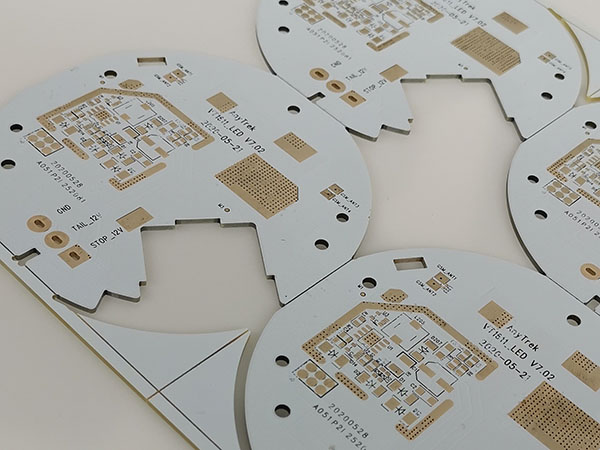
4.What are the disadvantages of aluminum PCB?
(1)manufacturing cost is relatively high.
(2)the design and processing of aluminum-based circuit boards are also relatively complex.
(3)The heat dissipation problem of aluminum-based circuit boards may also limit the overall design of electronic equipment.
First of all, a significant advantage of aluminum-based circuit boards is its superior heat dissipation performance.
Because aluminum has good thermal conductivity, aluminum-based circuit boards can effectively conduct heat away from electronic components, thereby improving the stability and life of the equipment.
This feature is particularly important in applications that require efficient heat dissipation, such as high-power LED lighting, automotive electronics and power modules.
In addition, aluminum-based circuit boards also have high mechanical strength and durability. The sturdiness of aluminum allows this circuit board to withstand large mechanical stress and impact, making it suitable for industrial control equipment and communication base stations that require high reliability.
At the same time, the lightweight properties of aluminum-based circuit boards have also made them widely used in aerospace and portable electronic equipment, reducing the overall weight of the equipment and improving portability and fuel efficiency.
However, aluminum-based circuit boards are not without drawbacks. First, its manufacturing cost is relatively high. Aluminum-based materials and special manufacturing processes make the production cost of this circuit board higher than traditional FR4 fiberglass boards.
This shortcoming is particularly evident in mass production and may increase the overall cost of the product. In addition, the design and processing of aluminum-based circuit boards are also relatively complex.
Due to the hardness and thermal conductivity of aluminum, traditional drilling and cutting processes may not be applicable and special processing techniques are required, which undoubtedly increases production difficulty and time.
Despite this, the advantages of aluminum-based circuit boards still have irreplaceable advantages in certain specific applications. For example, in high-power LED lighting, the heat dissipation performance of aluminum-based circuit boards directly affects the brightness and life of the LED. By using aluminum-based circuit boards, the performance and reliability of LED lamps can be significantly improved.
Similarly, in the field of automotive electronics, the high strength and durability of aluminum-based circuit boards enable them to maintain stable operation in harsh working environments, ensuring vehicle safety and performance.
To sum up, aluminum-based circuit boards have broad application prospects in modern electronic equipment. Their superior heat dissipation performance, high mechanical strength and lightweight characteristics make them outstanding in many fields.
However, its high manufacturing cost and complex processing technology also limit its popularity in certain applications. Therefore, when choosing an aluminum-based circuit board, you need to comprehensively consider its advantages and disadvantages and make the optimal decision based on specific application requirements.
Through reasonable design and application, aluminum-based circuit boards can provide strong support for improving the performance and ensuring reliability of electronic equipment.
GET PCB AND ASSEMBLY SERVICE QUOTE NOW!
5.Application of aluminum PCB
(1)communication equipment,
(2)electronic devices
(3)LED lamps
(4)the LED lighting industry
(5) used in power modules, automotive electronics, audio equipment, and communication equipment.
aluminum substrates also have good electromagnetic shielding properties. Electromagnetic interference (EMI) is a common problem in modern electronic devices.
The metal layer of the aluminum substrate can effectively shield electromagnetic interference, thereby improving the electromagnetic compatibility (EMC) of the equipment. This is especially critical for communication equipment, computers, and other electronic devices that are sensitive to electromagnetic interference.
By using aluminum substrates, designers can more easily meet strict EMC standards and ensure stable operation of equipment in various environments.
Further exploring the application areas of aluminum substrates, it can be found that it is widely used in the LED lighting industry.
Since LED lamps generate a lot of heat when working, the efficient heat dissipation characteristics of aluminum substrates make it an ideal substrate for LED lamps. By using aluminum substrates, LED lamps can not only extend their service life, but also improve light efficiency and stability. In addition, aluminum substrates are also widely used in power modules, automotive electronics, audio equipment, and communication equipment. Its excellent heat dissipation performance, mechanical strength, and electromagnetic shielding capabilities make it perform well in these fields.
In summary, aluminum substrates have become an indispensable part of the modern electronics industry with their excellent heat dissipation performance, high mechanical strength, good electromagnetic shielding performance, and a wide range of applications. With the continuous advancement of science and technology, the application prospects of aluminum substrates will be broader, providing a solid foundation for the performance improvement and reliability guarantee of electronic equipment.
